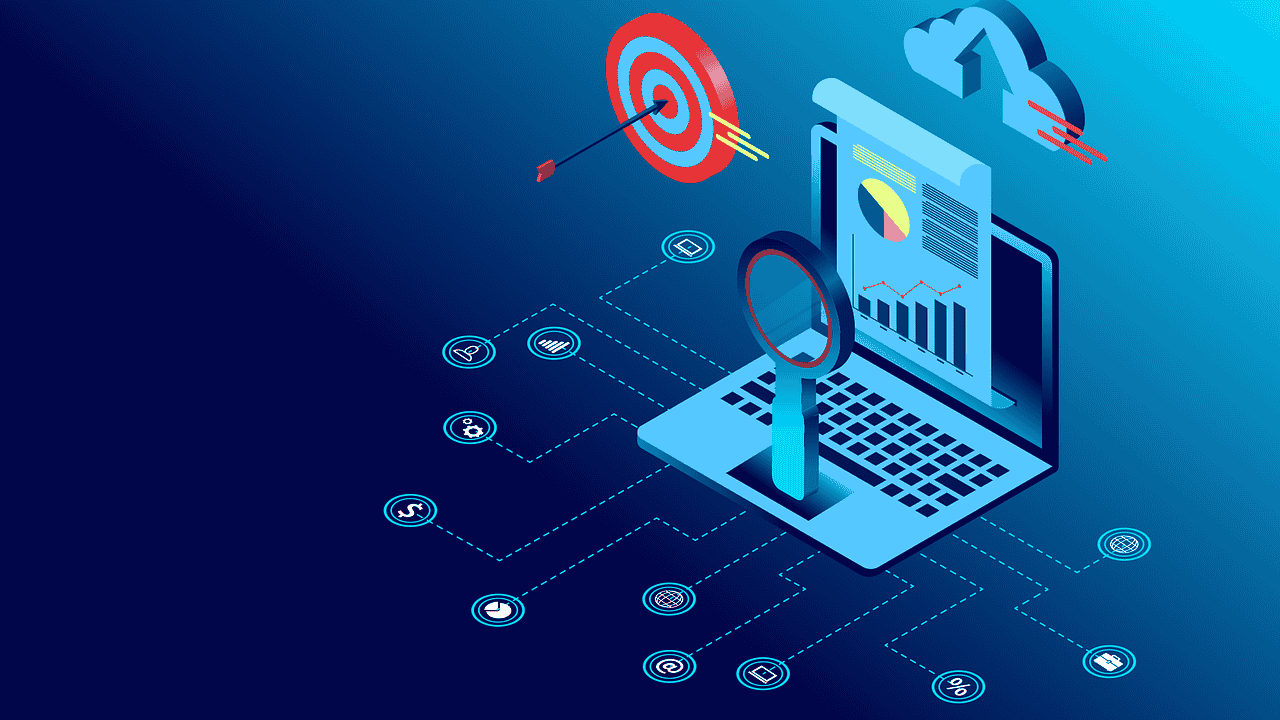Data is often called the “new oil,” and in today’s digital economy, the ability to harness it effectively has become a superpower. Professionals across industries—from healthcare to finance to retail are leveraging data-driven insights to innovate and stay ahead of the curve. If you are someone aspiring to enter this field or upskill for better opportunities, an IIT data science course is one of the best ways to build a solid foundation. However, learning the right set of tools and techniques is equally crucial to excel.
As we move into 2024, data science continues to evolve with advanced tools, automated solutions, and powerful algorithms that make it easier to handle massive datasets, visualize insights, and build predictive models. In this blog, we’ll explore the Top 10 Data Science Tools and Techniques for 2024 that every data scientist should master to stay relevant and competitive.
1. Python – The Most Popular Data Science Tool
Python remains the undisputed king in the world of data science. Its simplicity, versatility, and vast library ecosystem (such as Pandas, NumPy, Scikit-learn, TensorFlow, and PyTorch) make it the first choice for both beginners and experts.
- Why it matters in 2024: Python’s integration with emerging AI technologies and cloud platforms makes it essential for building scalable, production-ready applications.
2. R – Best for Statistical Analysis
While Python dominates general data science tasks, R continues to be a preferred tool for statisticians and researchers. It offers robust data visualization packages like ggplot2 and powerful statistical modeling capabilities.
- Why it matters in 2024: With advanced packages tailored for statistical modeling, R is still indispensable for academics, researchers, and industries where complex data analysis is required.
3. SQL – The Language of Databases
Data is stored everywhere in relational databases, warehouses, and even cloud environments. SQL (Structured Query Language) is the go-to tool for managing and querying structured data.
- Why it matters in 2024: As organizations move toward cloud-based systems like Snowflake and BigQuery, SQL proficiency is becoming increasingly vital for extracting and manipulating structured data.
4. Tableau and Power BI – Visualization and Business Intelligence
Data without visualization is just numbers. Tools like Tableau and Microsoft Power BI are leading the way in interactive dashboards, data storytelling, and real-time reporting.
- Why they matter in 2024: As decision-making becomes faster and more data-driven, visualization tools help organizations democratize data by making it accessible and actionable for non-technical stakeholders.
5. TensorFlow and PyTorch – Machine Learning and Deep Learning
AI and machine learning are at the heart of modern data science. TensorFlow (developed by Google) and PyTorch (developed by Meta) are the two most widely used frameworks for building, training, and deploying machine learning and deep learning models.
- Why they matter in 2024: With the rapid growth of generative AI, natural language processing (NLP), and computer vision, these frameworks are crucial for building advanced applications.
6. Jupyter Notebooks – The Ideal Development Environment
Jupyter Notebooks are widely used for writing and running code, visualizing data, and sharing results in an interactive format. They are especially popular for prototyping and documenting workflows.
- Why it matters in 2024: Jupyter is now integrated with cloud services and collaborative tools, making it more powerful for teams working across geographies.
7. Big Data Tools – Hadoop, Spark, and Databricks
When datasets become too large for traditional processing, big data tools come into play. Apache Hadoop and Spark remain essential for distributed data processing, while Databricks provides a collaborative cloud-based environment.
- Why they matter in 2024: With data volumes growing exponentially, big data ecosystems help organizations store, process, and analyze terabytes and even petabytes of information efficiently.
8. Cloud Platforms – AWS, Azure, and Google Cloud
Cloud computing has transformed the way data science is practiced. Amazon Web Services (AWS), Microsoft Azure, and Google Cloud provide scalable infrastructure, machine learning services, and storage solutions.
- Why they matter in 2024: Cloud platforms offer integrated AI/ML services like AWS SageMaker, Azure Machine Learning, and Google Vertex AI, enabling faster deployment of data science models at scale.
9. Natural Language Processing (NLP) Tools and Techniques
From chatbots to sentiment analysis, NLP techniques are shaping the way machines understand human language. Tools like NLTK, spaCy, and Hugging Face’s Transformers are at the forefront.
- Why it matters in 2024: With the rise of generative AI and conversational AI tools, NLP has become one of the most in-demand skills for data scientists.
10. Automated Machine Learning (AutoML)
AutoML tools like Google AutoML, H2O.ai, and DataRobot are revolutionizing how models are built. They automate repetitive tasks such as feature selection, hyperparameter tuning, and model deployment.
- Why it matters in 2024: AutoML allows even non-experts to build effective machine learning models, thereby speeding up workflows and freeing up data scientists for more complex tasks.
Key Data Science Techniques for 2024
Beyond tools, mastering the right techniques is equally important. Here are some trending techniques:
- Predictive Analytics – Using historical data to forecast future outcomes, widely used in finance, healthcare, and marketing.
- Deep Learning – Neural networks powering advanced AI applications like image recognition and speech processing.
- Reinforcement Learning – A growing area for applications in robotics, autonomous systems, and gaming.
- Data Wrangling – Cleaning and preparing raw data for analysis remains a fundamental skill.
- Feature Engineering – Creating meaningful variables that improve model accuracy.
- Ensemble Learning – Combining multiple models to achieve better predictive performance.
- Real-Time Analytics – Leveraging tools like Apache Kafka for streaming and analyzing live data.
- Explainable AI (XAI) – Making AI models interpretable to ensure trust and transparency.
- Time Series Analysis – Essential for demand forecasting, stock prediction, and anomaly detection.
- Data Privacy and Security Techniques – With stricter regulations (like GDPR and India’s DPDP Act), secure handling of sensitive data is more critical than ever.
How to Get Started?
If you’re new to data science, the sheer number of tools and techniques may seem overwhelming. Here’s a roadmap to begin your journey:
- Step 1: Start with Python and SQL for a solid foundation.
- Step 2: Learn visualization tools like Tableau or Power BI.
- Step 3: Explore machine learning libraries (Scikit-learn, TensorFlow, PyTorch).
- Step 4: Understand cloud platforms for deployment.
- Step 5: Keep practicing with real-world datasets from platforms like Kaggle.
Upskilling through structured learning programs, like IIT-certified data science courses, ensures you gain hands-on experience with these tools under expert guidance.
Conclusion
Data science is no longer a niche skill it’s a necessity in today’s technology-driven industries. As 2024 unfolds, mastering the right tools and techniques will help you stand out in a competitive job market. From Python and SQL to AutoML and NLP, the opportunities to learn and innovate are endless.
If you’re serious about building a strong career in this domain, investing in an applied data science course will give you the practical knowledge and industry exposure needed to thrive. Equip yourself with these tools, stay updated with the latest techniques, and you’ll be well-prepared to shape the future with data.


Be First to Comment